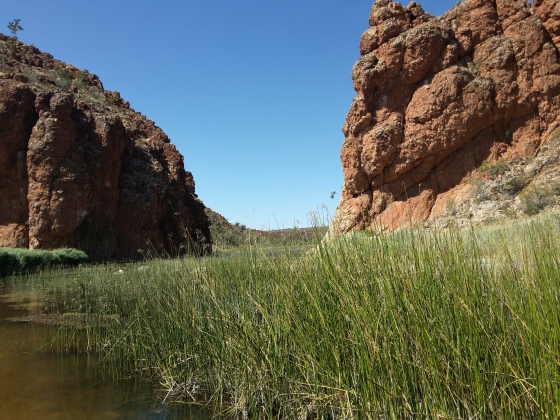I love legumes. Sometimes referred to as “dried beans”, legumes includes everything from green peas to chickpeas, lentils to kidney beans and soy, and even peanuts are technically a legume! The thing I like about them the most is how filling they are. Give me a big serve of kidney bean pasta sauce, and I’ll be satisfied for several hours.
The other great thing about legumes is that not only are they nutrition powerhouses, they’re also generally incredibly cheap.

A snapshot of some of the different kinds of legumes out there.
Clockwise: Chickpeas, red lentils and green lentils.
Here’s a snapshot of some of the nutritional benefits of legumes:
- Protein
- Fibre
- Iron, zinc, and B-group vitamins (including folate)
- (Most of them are) Low GI. In other words, they give you long-lasting energy. This is important for people with diabetes, as it helps to stabilise your blood sugar levels. There’s also evidence to indicate that it appears to help clear up acne.
- They’re very filling, which helps you avoid overeating (because of their protein and fibre content, and because they’re low GI)
Nutritionally, legumes fall in both the “meat/eggs” and the “vegetables” food groups. So you’re getting the benefits of both groups, from one food!
Other benefits:
People who eat lots of legumes on a regular basis have:
- A reduced risk of bowel (colon) cancer
- A reduced risk of heart disease or stroke
Legumes are also a good choice for people with cholesterol issues.
Substituting meat for legumes where possible, and limiting meat/poultry/fish to 2-3 times per week (or less), is also great for one’s health. The longest lived populations in the world all have mostly plant-based diets, although not necessarily vegetarian. There is plenty of high-quality research to demonstrate the benefits of eating lots of plant foods, and minimal animal foods (although that’s for another post!)
Finally, a diet that doesn’t contain much meat (especially red meat) is far better for our environment.

Bring soaked (dried) legumes to the boil, and then reduce to simmer. The cooking time depends on the type of bean you are cooking.
Kidney beans contain haemagglutinin, a toxic compound that causes vomiting and diarrhoea if ingested. Kidney beans need to be boiled (at a rapid boil) for 10 minutes to destroy this compound. Never cook kidney beans in a slow cooker, as the temperature won’t get high enough to destroy the compound.
Dried versus canned varieties?
Legumes cooked from dry are slightly higher in nutrients (protein, folate, iron, fibre) than their canned counterparts, but the main difference is the price. I calculated from prices around me in Melbourne that canned legumes are more than 3x the price of cooking them from dry.
The average price for a 400g (14oz, 240g or 8.5oz drained weight) can of chickpeas in metropolitan Australian supermarkets is around $1.00 AUD ($0.85 USD at time of print). You can buy 2kg (4.4lb) of dried chickpeas at an Indian grocer for $5.50. A quick Google search came up with a factor of 2.2 to determine the weight of cooked chickpeas from dried ones.
So, some simple arithmetic:
From a can: 240g cooked for $1.00, or 42 cents per 100g
From dry: 2kg * 2.2 = 4.4kg cooked for $5.50, or 13 cents per 100g
Of course, if you live a busy life, and aren’t quite organised enough to soak beans overnight then cook them for roughly 1.5 hours, canned legumes are still a very good alternative.
At $4.20 AUD per kilogram, canned legumes are still far cheaper than virtually all cuts of meat. (And for the average person, far better for you nutritionally- eating healthily doesn’t have to be expensive!)
If you do buy canned, just remember to drain and rinse them thoroughly in a colander, to remove as much salt as possible. Alternatively, buy no added salt versions if you can.

Soy products are also a member of the legume family. Nutritionally, however, these can also fit into the dairy food group (if soy milk is calcium-fortified, and if tofu is set with calcium)
Clockwise: Soy beverage, firm calcium-set tofu, fried tofu puffs (also calcium-set)
Tofu is often made with magnesium instead of calcium, so read the ingredients list to check.
What’s your favourite legume? Got a great recipe tip?






